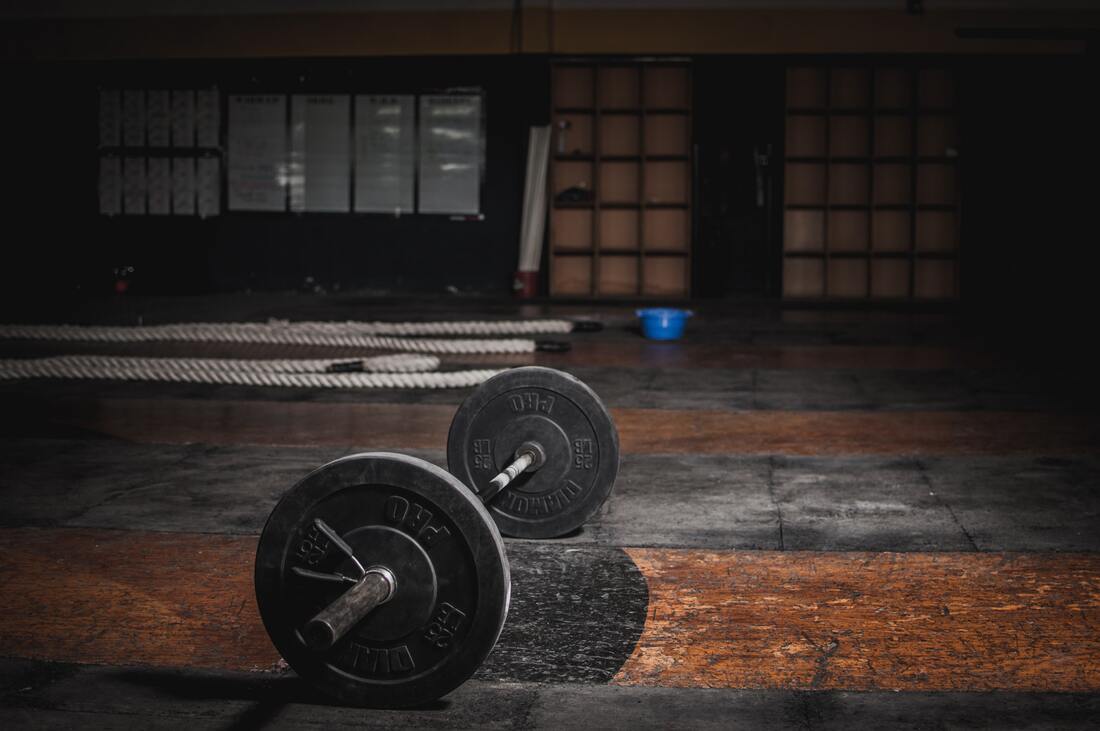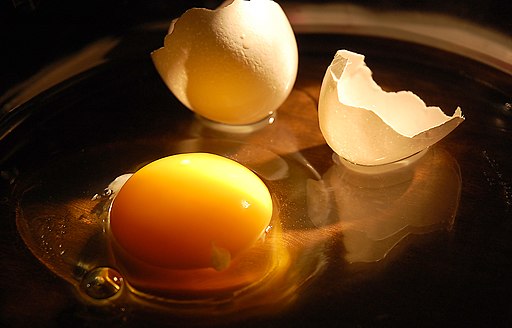Can Creatine Timing Affect Your Performance and Muscle Gains?
Creatine Monohydrate is one of the most used supplements among athletes and gym-goers as it effectively builds strength, improves endurance, and is considered to be safe to consume. Creatine monohydrate is a man-made version of creatine that is naturally made by the human body. The reason why creatine is such a widely used supplement is that creatine is one of the body’s sources of energy for contracting muscles. The body has different types of muscle: skeletal muscle, cardiac muscle, and smooth muscle. Cardiac muscle is found exclusively in the heart and uses creatine to maintain the strength of the heart, sustain heart contractions, efficiently use energy. Smooth muscles are involuntary muscles that the body controls to do life sustaining movements and activities, such as the digestive muscles pushing digested food through your intestines. Skeletal muscles are voluntary muscles that are connected to bones and are what people generally know as muscles.
Creatine is mainly stored in the skeletal muscles, with a small amount stored in the heart and brain, so having filled creatine stores can enhance physical performance. Although creatine is recommended to be consumed on a daily basis at its recommended doses, which is three to five grams a day or 0.1 grams per kilogram of mass according to this study, there is not much known about the timing that it is best to take creatine supplements to reap the most benefits from creatine supplementation.
Creatine is mainly stored in the skeletal muscles, with a small amount stored in the heart and brain, so having filled creatine stores can enhance physical performance. Although creatine is recommended to be consumed on a daily basis at its recommended doses, which is three to five grams a day or 0.1 grams per kilogram of mass according to this study, there is not much known about the timing that it is best to take creatine supplements to reap the most benefits from creatine supplementation.

Exercise supplements are not performance enhancing drugs, such as anabolic steroids. Creatine is a molecule the body naturally makes and when consumed, it increases creatine reserves in muscles to increase energy output in a safe manner. On the other hand, anabolic steroids mimic testosterone with the goal of increasing muscle mass and are dangerous to consume.
Image Source: Tima Miroshnichenko
To learn more about the potential effects of creatine supplementation timing, a group of researchers conducted a literature review to see if there was a time period, or periods, where consuming creatine provided the greatest benefits. They did this by reviewing what previous conducted studies have found. The researchers started off by mentioning hypothetical reasons why timed creatine consumption might be physiologically advantageous. The first mechanism supports taking creatine before exercise. This is based on how exercise increases blood flow, which remains elevated for only roughly half an hour, while creatine levels peak less than two hours after consuming it. The second proposed mechanism proposes taking creatine close to when activity is done or close to when activity is finished. The scientific reasoning would be that exercise affects the activity of the sodium potassium pump, which is a part of nerve cells that allow muscles to use energy, by making them more active during exercise. By having more circulating creatine during exercise, sodium potassium pumps might be able to use this to their advantage. Similarly, sodium potassium pumps are still active after exercise has been done, even if the individual is resting, so post-exercise creatine supplementation could also be beneficial based on the same logic. The last proposed mechanism was that taking creatine with carbohydrates, or with carbohydrates and protein together, allow creatine to be absorbed in greater amounts compared to having creatine alone.
After explaining hypothetical mechanisms, the researchers analyzed several studies that conducted experiments that tested these mechanisms in action. Based on their findings, they concluded that there is not enough evidence to confidently conclude that there is a best time to consume creatine monohydrate. They found that pre- and post-exercise creatine consumption yielded similar results. The review mentioned how there are currently not enough studies that provide enough information to determine if there is a window of time where creatine consumption is optimal. Moreover, none of the studies they assessed looked into the third proposed mechanism. An important factor that was not assessed was if there are sex differences in creatine consumption outcomes.
After explaining hypothetical mechanisms, the researchers analyzed several studies that conducted experiments that tested these mechanisms in action. Based on their findings, they concluded that there is not enough evidence to confidently conclude that there is a best time to consume creatine monohydrate. They found that pre- and post-exercise creatine consumption yielded similar results. The review mentioned how there are currently not enough studies that provide enough information to determine if there is a window of time where creatine consumption is optimal. Moreover, none of the studies they assessed looked into the third proposed mechanism. An important factor that was not assessed was if there are sex differences in creatine consumption outcomes.
Featured Image Source: Leon Ardho
RELATED ARTICLES
|
Vertical Divider
|
Vertical Divider
|
Vertical Divider
|





